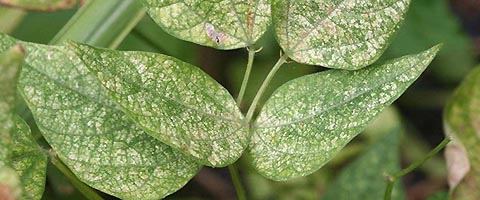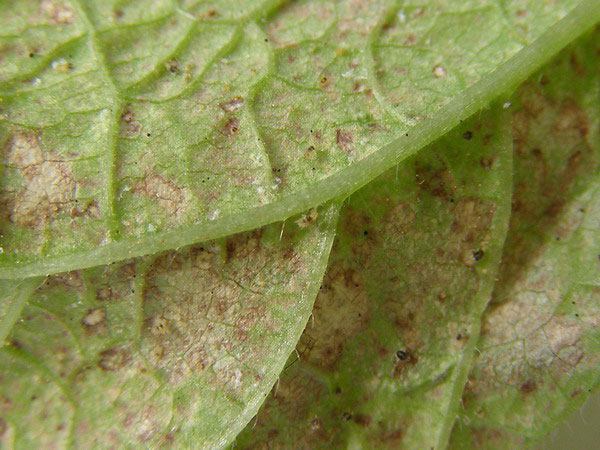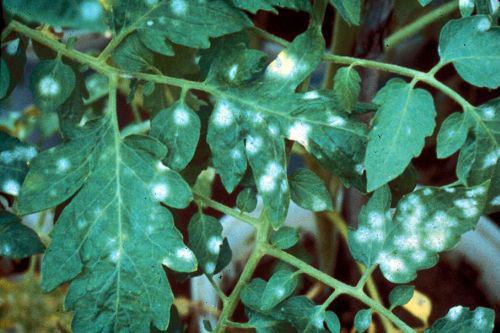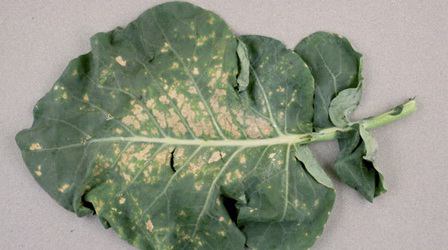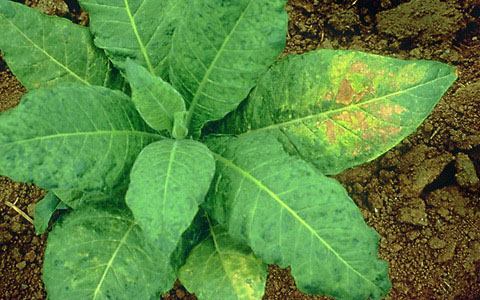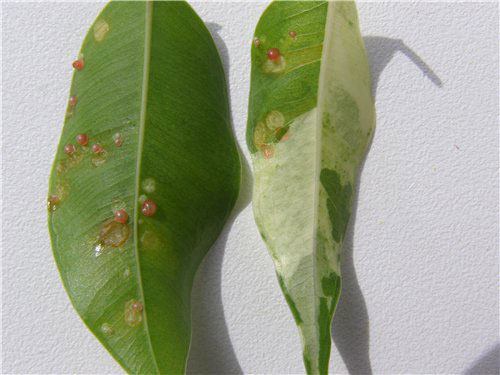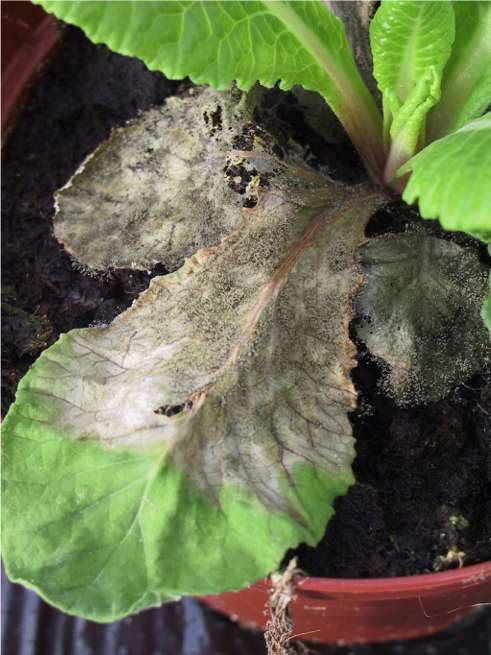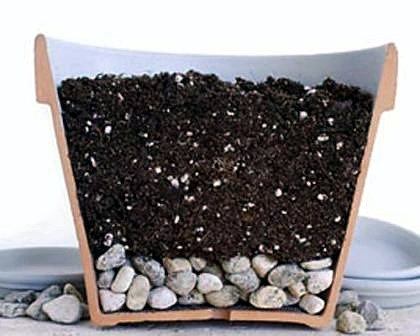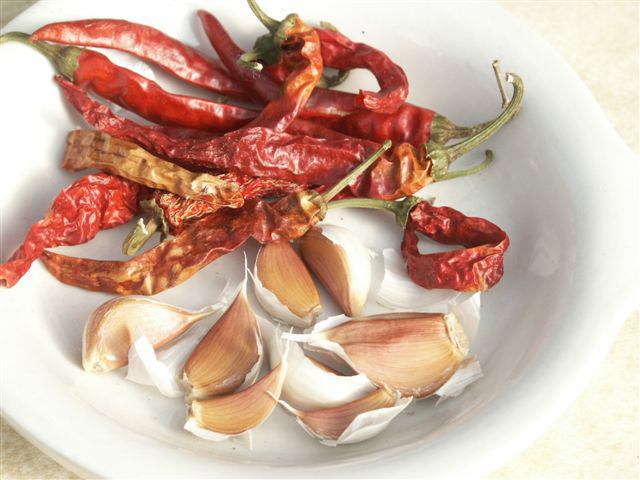There is a belief that pests avoid spicy herbs. I would happily agree with this, but my tarragon was brazenly eaten by spider mites… And now, six months later, a thin web is appearing on my mini-tomatoes…
Plants in pots often suffer more from diseases because they are forced to grow in cramped and stuffy conditions. Indoor plants are weaker than their counterparts growing in open soil. However, pests, fungi, and other diseases particularly thrive in the home environment.
Sometimes, even the most thorough preventive measures can’t guarantee protection from infestations. Nevertheless, knowing and implementing these measures is a must:
- Soil disinfection during planting.
- Strictly following care recommendations for each type of plant: watering, light, humidity.
- Regular plant inspections and isolation in case of suspected infection.
Let us delve into which pests and diseases can affect potted herbs.
Spider Mites
They settle on the undersides of leaves and suck sap from the plant. Dealing with them is a real struggle because they hide in warm, dry places at home and always return. They develop in just seven days and can remain dormant for up to five years, enduring frost, drought, and humidity… On affected leaves, small bright spots first appear, which later become blotches, causing the leaves to fall off. A thin web may appear between the stems and leaves, although not always.
Spider mites love warmth and dryness. They can quickly infect all the plants in the house. A preventive measure is to regularly spray the plants with cool water while covering the soil to prevent waterlogging. Leaves can be cleaned with a solution of laundry soap, which contains alkali. Apply foam with a cotton swab and rinse it off after 20 minutes. Some even say rinsing isn’t necessary.
Place the plant in sunlight—mites cannot tolerate ultraviolet light. If possible, take the plant outside where a larger mite predator, which feeds on spider mites, might be waiting for them. Nature has its ways!
Chemicals are generally ineffective against mites, but acaricides work. The most popular ones are Sanmite (hazard class 3), Actellic, and Fitoverm. I won’t go into details about the products, but the gist is the same—they deal with mites.
Alcohol. Use a spray to treat surfaces where plants stand, pots, and every leaf with 96% alcohol. The alcohol will evaporate without harming the plants.
An interesting way to combat mites is using sprays for pet fleas and ticks. Treat the plants and give them a shower after a couple of days.
Battling mites can take a very long time. Keep an eye on your plants and treat windowsills, areas beneath them, and window frames.
Powdery Mildew and Downy Mildew
What does an infection with powdery mildew look like? A white coating appears on leaves and stems, which later turns brown. Downy mildew appears as a coating under the leaves, with dark, brown spots visible on top.
This is a fungus that can be eradicated with fungicides. In this article, I described how to disinfect soil using fungicides such as Fitosporin and Trichodermin. Fitosporin and Trichodermin have an advantage—they belong to hazard class 4, meaning the treated herbs will still be safe to eat.
Powdery mildew thrives in greenhouse-like conditions, poor ventilation, and excess nitrogen fertilizers. It dislikes fresh, cool air, misting, and ventilation. Use more phosphorus and potassium, which means spraying with ash solution is beneficial. Of course, the best treatment option is to remove all infected shoots and leaves and closely monitor the plant. You can also prepare sulfur-based treatments or even garlic infusion. Here’s a solution you can try: one teaspoon of baking soda per liter of water, plus a few drops of liquid soap. Apply the solution with a cotton swab.
Gray mold, rust, sooty mold, edema, black rot—these are all fungi. Fortunately, these “friends” are rarely found on herbs, so I won’t discuss them in detail.
If you put in a little effort and create the right conditions for potted herbs, you can avoid many pest problems.
